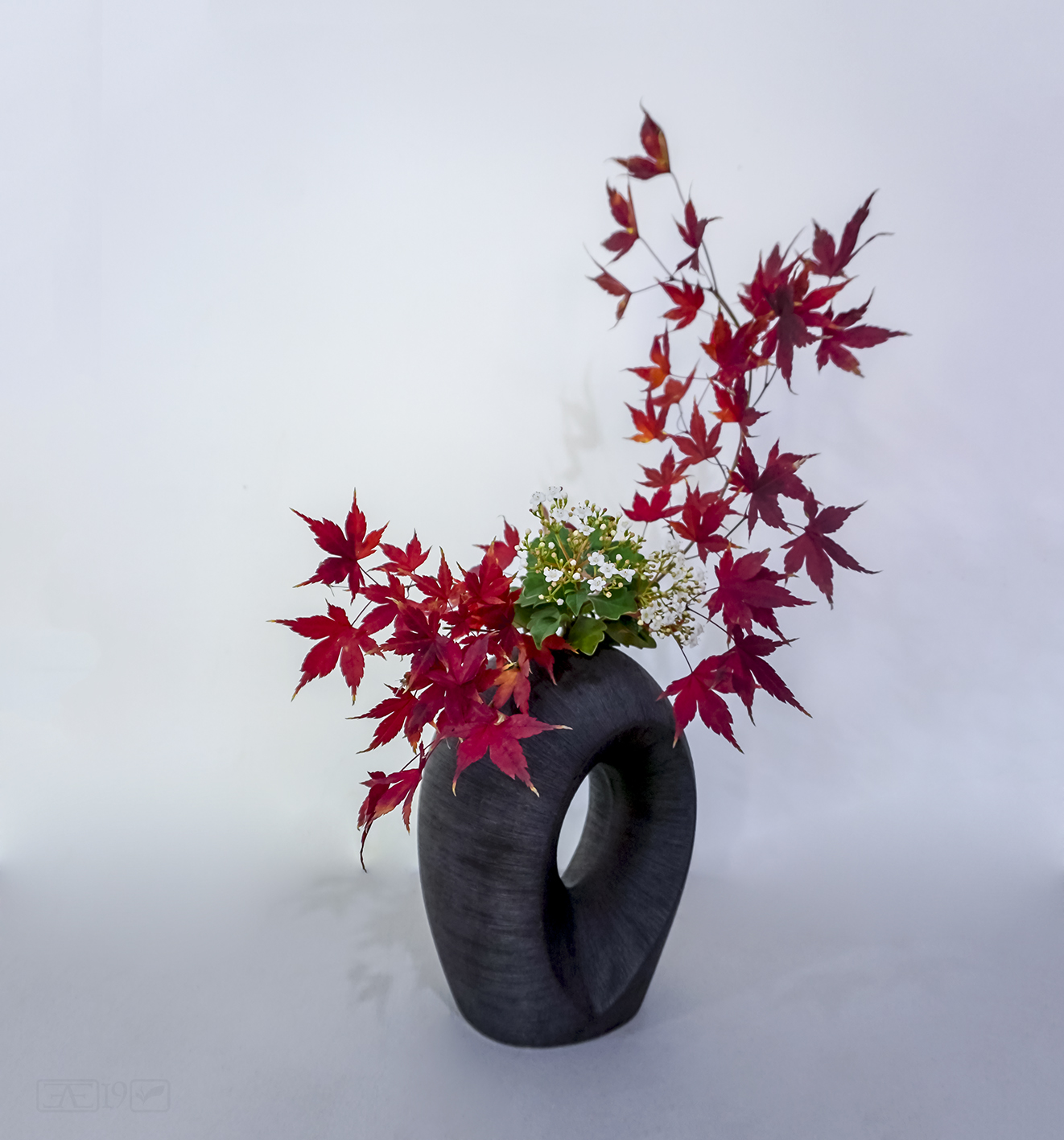Common Name: Wisteria (var), Japanese Wisteria, Silky Wisteria, etc
Botanical Name: Wisteria (var), Wisteria floribunda, Wisteria Brachybotrys, etc
In Season/Availability: early-mid spring for blooming material for Asian varieties and mid to late summer for American varieties, winter for bare branches/vines
Description: A deciduous “bine” (woody twisting vine) that when grown on a supporting structure can commonly reach up to 20m tall by 10m wide with the largest known example spreading more than an arce! Flowers appear in a range of colours including purple, violet, pink and white. The flowers appear in pendulous racemes 10 to 80 cm long (depending on the particular variety) with a number of species producing a delightful fragrant perfume. It is important to note that all parts of this plant contain a toxin that will make humans and or pets quite unwell if consumed.
Technique to prolong flowers: Cut from the plant and immediately split the woody stem up to about 5 cm and dip into gin or vodka for about 10-30 seconds, then transfer to deep water. When arranging again, trim, split and dip into alcohol then place into your arrangement. Deeper containers where the split in the stem can be fully submerged will likely last better as this will aid the plant in more easily taking up water. Typically it’s good to cut the flowers a little young before the buds on the full length of the raceme have opened to give you the longest period of flowering. A standard commercial flower food can be added to the water so long as it does not create visible granules, discolour or cloud the water (particularly if arranging in glass). Be sure to check the water daily and remove any fallen blossoms regularly to keep your arrangement looking at its best. Properly prepared wisteria should look quite respectable if well maintined for around 4 days or there abouts.
Long Term Preservation: While the flowers and leaves are not readily preserved for longer term use the woody vine if harvested in winter time while bare, can provide a useful and dynamic structure for use in your arrangements with other plant materials. The wisteria will dry out quite well for re-use, although finer tendrils and offshoots may be quite fragile. Once it has been dried be sure to keep it out of water in future uses to avoid rot and discolouration of your water.


